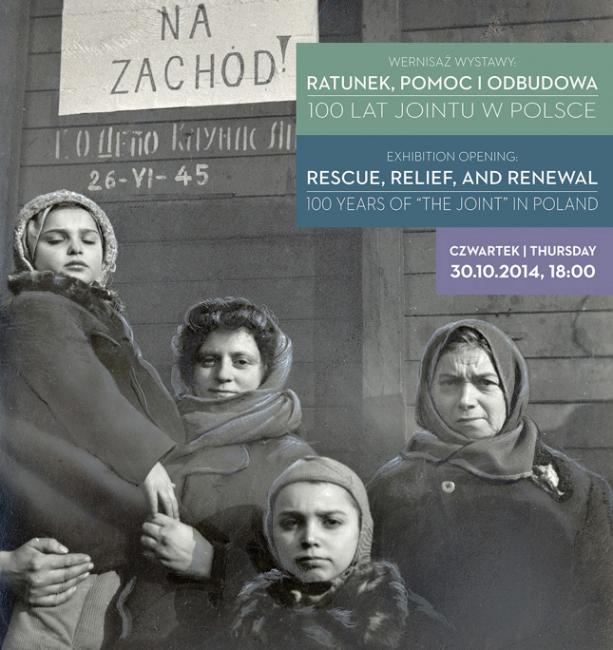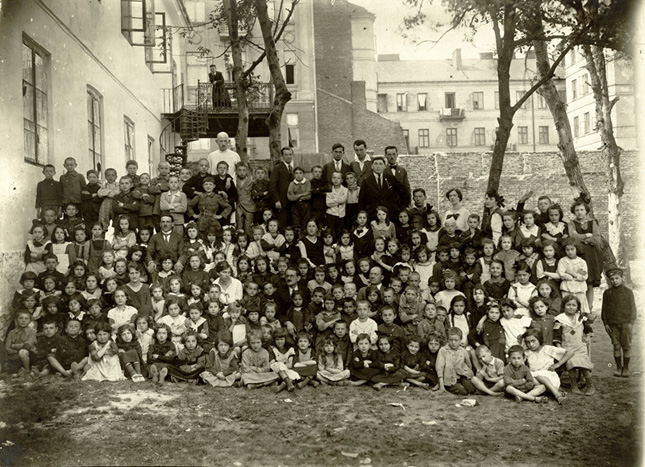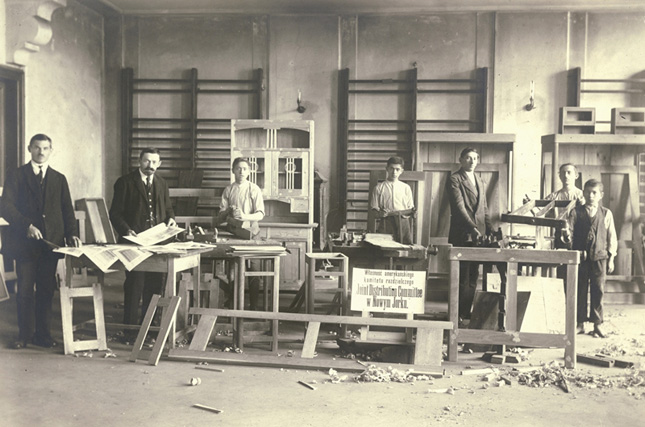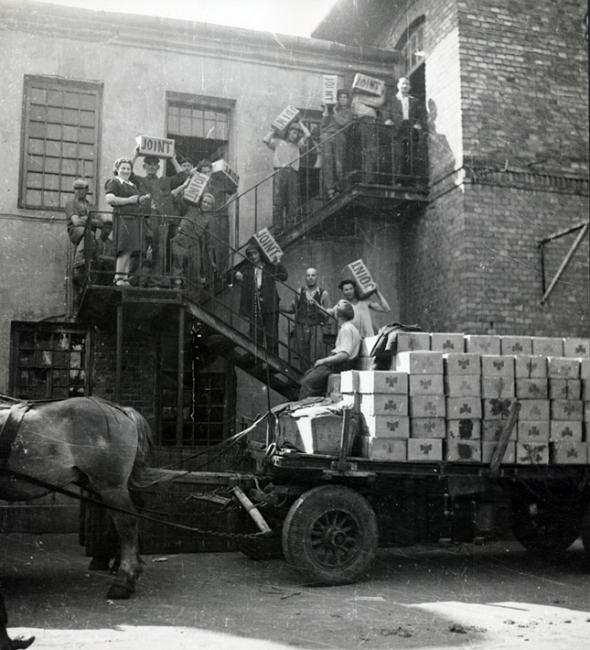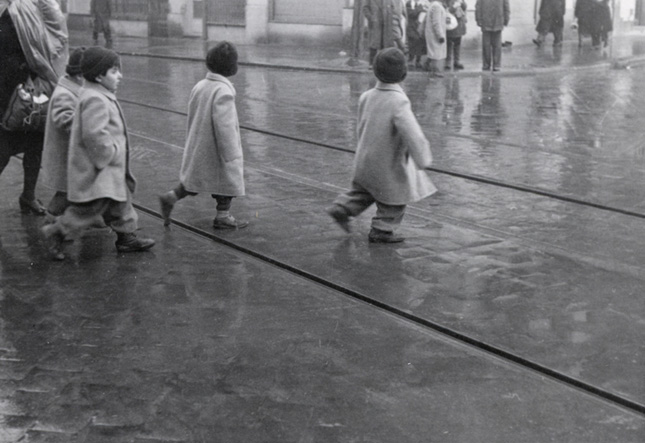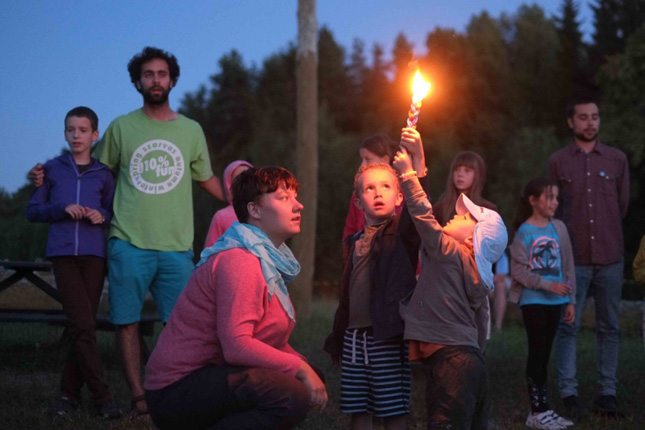The Galicia Jewish Museum's new exhibition, Rescue, Relief and Renewal: 100 Years of the Joint in Poland, will open on October 30. This year, 2014, marks the centennial of the establishment of the American Jewish Joint Distribution Committee (JDC). The purpose of the organization was to alleviate the suffering experienced by Jews in Eastern Europe and Palestine after the outbreak of the First World War. From the very beginning, the JDC was extremely active in Poland, where its activities – in the face of war, pogroms and poverty – concentrated on rescuing, supporting and helping Jews by caring for children, organizing medical care and supporting economic development.
It is estimated that from the end of the First World War to 1941 the JDC donated around 30 million dollars (today a value of 450 million dollars) to humanitarian and social aid in Poland. After the war, the JDC continued its support for the few survivors. Thanks to the commitment of the JDC, in just a few months after the liberation of Poland from the German occupation, Jewish institutions started to operate in all parts of the country – including orphanages and children’s sanatoriums, and Jewish schools, hospitals and canteens. It soon also launched vocational schools and a number of other initiatives aimed at the Jewish community. It is estimated that approximately ten percent of Polish Jewry survived the Holocaust. Many of these survivors left the country in subsequent waves of emigration. The JDC helped both those who left, as well as the few who chose to remain. The photographs from the postwar period (until 1989) are particularly important, revealing as they do lesser-known aspects of modern Polish Jewish history.
Most of the photographs presented are from the global archives of the JDC, while some were made available through the Jewish Community Centers in Warsaw and Kraków, which the JDC supports. Many of these photographs have never before been published; some are little known, while others are famous. Together, the photographs in the exhibition tell the story not only of the JDC's 100 years of work in Poland, but also of the local Jews who benefited from the JDC's assistance over the past century.
The JDC continues to operate in Poland today. After many years of functioning underground, Jewish life began to flourish in Poland, particularly in large cities such as Warsaw and Kraków. An increasing number of Poles discovered their Jewish roots, and families that were silent on this subject for years began speaking openly about their Jewish ancestry. The organization attempts to meet the changing needs of an increasingly younger and more active Jewish community in Poland as well as engaging in improving the living conditions of older people, particularly Holocaust survivors. A key aspect of the contemporary activities of the JDC in Poland are development programs, concentrating particularly on reaching out to the younger generations – the future leaders of the Jewish community.
In contrast to the monochromatic archival photographs, the final section of the exhibition, which documents this contemporary Polish Jewish life, is comprised of color photographs. This is due, of course, to technological advances, but it also symbolically reflects the extraordinary rebirth of Jewish life that has taken place in Poland. For the first time in decades, a colorful polyphony of Jewish voices is once again resonating here.
This exhibition is a result of collaboration among the Galicia Jewish Museum, the JDC Archives, and JDC’s Poland Office, with support from the Kronhill Pletka Foundation.
